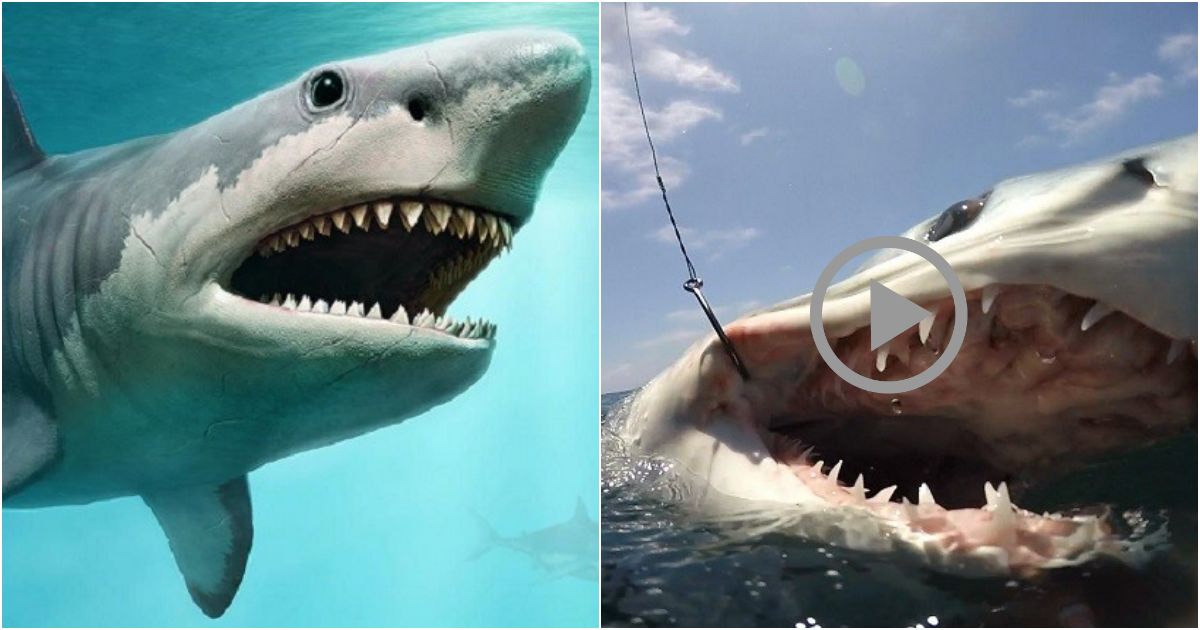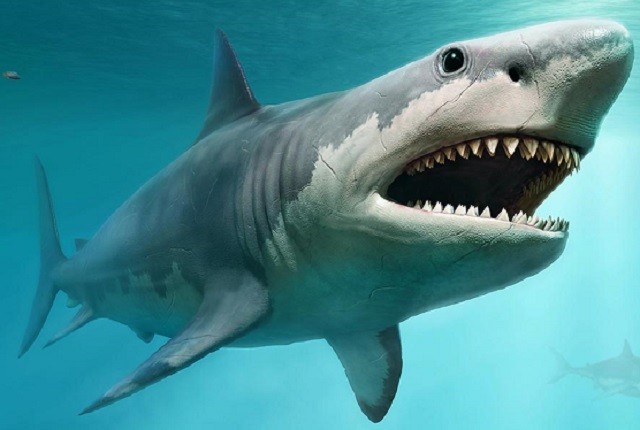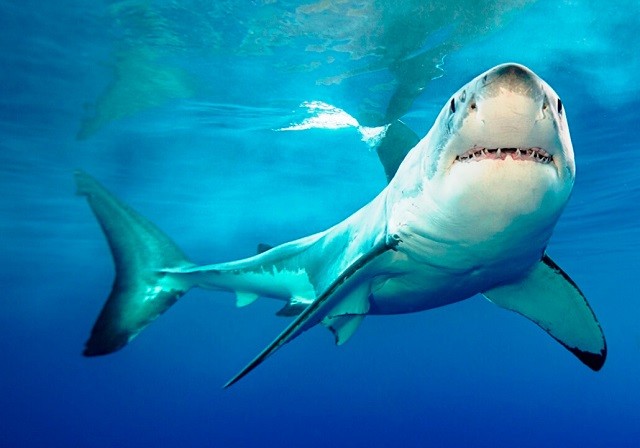Surprising and Fascinating Facts about Sharks

Sharks have long been depicted as terrifying creatures, thanks to the portrayal in movies that sensationalize their man-eating tendencies. However, the reality is quite different, as the number of human fatalities due to shark attacks is actually lower than those caused by lightning strikes. These fascinating creatures are filled with intriguing and surprising characteristics. In this article, we delve into some of the most intriguing facts about sharks that will challenge your perceptions and spark your curiosity.
1. Sharks eat less than humans (proportionally):
Despite being known as voracious eaters, sharks actually consume a relatively small portion of their body weight compared to humans. As cold-blooded animals, certain shark species eat only about 2% of their body weight per day, which is slightly less than the average human’s dietary intake.

While scientists are still uncovering many aspects of shark migration behavior, it has been observed that some species undertake extensive journeys. The blue shark (Prionace glauca), for instance, roams across the North Atlantic, covering distances ranging from 1,200 to 1,700 nautical miles (2,220 to 3,145 km). One tagged blue shark swam a staggering 3,740 nautical miles (6,919 km) from New York to Brazil. Some sharks need to swim continuously to “breathe” oxygen through their gills, while others can achieve this while remaining stationary.
 3. Sharks don’t sleep:
3. Sharks don’t sleep:Contrary to popular belief, sharks do not sleep in the conventional sense. Instead, they exhibit periods of rest and activity, alternating between the two.
4. Living fossils:
Sharks are the oldest known vertebrate animals on Earth. Fossil evidence suggests that the ancestors of modern sharks appeared approximately 400 million years ago. Over this extensive period, sharks have undergone relatively few changes, earning them the nickname “living fossils.”
 5. Constant tooth regeneration:
5. Constant tooth regeneration:Sharks possess an astonishing ability to rapidly replace broken or lost teeth. They can regenerate an entire set of teeth within just 24 hours and replace thousands of teeth over their lifetimes. Fossilized shark teeth are among the most common remains found, as the shark’s skeletal structure, consisting mainly of cartilage, decomposes quickly.
6. Thriving in freshwater environments:
Two shark species, the bull shark and the river shark (Glyphis glyphis), can survive extended periods in freshwater. Both species can traverse long distances in rivers. For example, bull sharks have been caught as far as 2,800 km upstream in the Mississippi River and 3,480 km inland in the Amazon. However, they cannot survive in freshwater bodies without an outlet to the sea.

7. Skeleton composed of cartilage:
Sharks possess skeletons made of cartilage rather than bone, similar to the cartilage found in the human nose and ears. This lightweight cartilaginous structure enables sharks to stay buoyant in water.
8. Public figures of the animal kingdom:
Sharks have become prominent public figures, captivating the public’s attention and curiosity. Their unique characteristics and adaptations have made them fascinating subjects for scientific research, conservation efforts, and even ecotourism.




